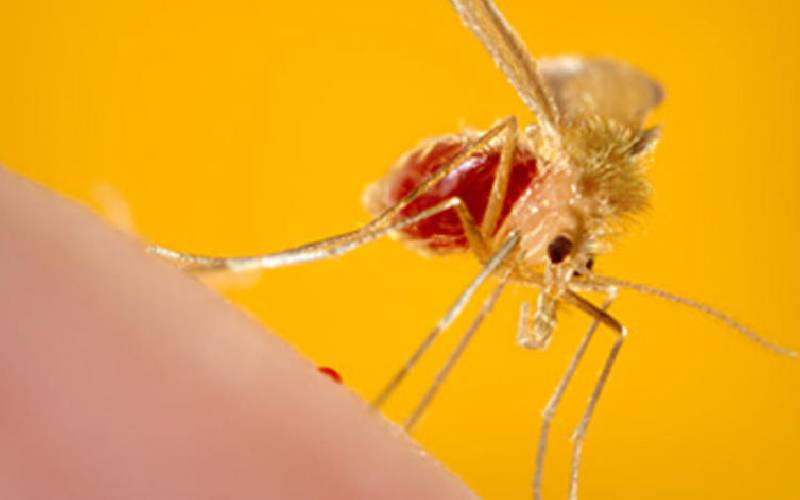Dr Kizito Lubano
Ebola Hemorrhagic Fever (Ebola HF) is a severe, often fatal disease in humans and non-human primates (monkeys and chimpanzees) that has appeared sporadically since its initial recognition in 1976.
The disease is caused by infection with the Ebola virus, named after a river in the Democratic Republic of the Congo (formerly Zaire), where it was first recognised.
Where is Ebola virus found in nature?
The exact origin, locations, and natural habitat (known as the “natural reservoir”) of Ebola virus remain unknown. However, on the basis of available evidence and the nature of similar viruses, researchers believe that the virus is zoonotic (animal-borne) and is normally maintained in an animal host that is native to the African continent.
Occurrence cases
Confirmed cases of Ebola HF have been reported in the Democratic Republic of Congo, Gabon, Sudan, the Ivory Coast, and Uganda.
Ebola HF typically appears in sporadic outbreaks, usually spread within a health-care setting (a situation known as amplification). It is likely that sporadic, isolated cases occur as well, but go unrecognised.
Spread
Infection with Ebola virus in humans is incidental, meaning humans do not “carry” the virus. Because the natural reservoir of the virus is unknown, the manner in which the virus first appears in a human at the start of an outbreak has not been determined. However, researchers have hypothesised that the first patient becomes infected through contact with an infected animal.
People can be exposed to Ebola virus from direct contact with the blood or secretions of an infected person. This is why the virus has often been spread through the families and friends of infected persons: In the course of feeding, holding, or otherwise caring for them, family members and friends would come into close contact with such secretions.
People can also be exposed to Ebola virus through contact with objects, such as needles that have been contaminated with infected secretions. In health-care facilities, exposure to the virus has occurred when health care workers treated individuals with Ebola HF without wearing protective clothing. If needles or syringes become contaminated with virus and are then reused, numbers of people can become infected.
Symptoms
The signs and symptoms of Ebola HF are not the same for all patients. They appear according to the frequency with which they have been reported in known cases.
In most Ebola patients, there will be high fever, headache, muscle aches, stomach pain, fatigue and diarrhoea, within a few days of becoming infected with the virus. In some, sore throat, hiccups, rash, red and itchy eyes, vomiting blood, bloody diarrhoea will exhibit.
Stay informed. Subscribe to our newsletter
There are cases where symptoms have appeared within a week after infection with patients feeling chest pain, shock, and death. Others turn blind and bleed to death.
Diagnosis
Diagnosing Ebola HF in an individual who has been infected only a few days is difficult because early symptoms, such as red and itchy eyes and a skin rash, are nonspecific to the virus and are seen in other patients with diseases that occur much more frequently.
Antigen-capture Enzyme-Linked Immunosorbent Assay (ELISA) testing, is used in testing, and are readily available at the Kenya Medical Research Institute (Kemri)
Treatment
There is no standard treatment for Ebola HF. Currently, patients receive supportive therapy. This consists of balancing the patient’s fluids and electrolytes, maintaining their oxygen status and blood pressure, and treating them for any complicating infections.
Prevention
The prevention of Ebola HF presents many challenges because the identity and location of the natural reservoir of Ebola virus are unknown. Established primary prevention measures include the wearing of protective clothing such as masks, gloves, gowns, and goggles; the use of infection-control measures, including complete equipment sterilisation; and the isolation of Ebola HF patients from contact with unprotected persons.
Researchers are faced with the challenges of developing additional diagnostic tools to assist in early diagnosis of the disease and ecological investigations of Ebola virus and the disease it causes.
 The Standard Group Plc is a
multi-media organization with investments in media platforms spanning newspaper
print operations, television, radio broadcasting, digital and online services. The
Standard Group is recognized as a leading multi-media house in Kenya with a key
influence in matters of national and international interest.
The Standard Group Plc is a
multi-media organization with investments in media platforms spanning newspaper
print operations, television, radio broadcasting, digital and online services. The
Standard Group is recognized as a leading multi-media house in Kenya with a key
influence in matters of national and international interest.
 The Standard Group Plc is a
multi-media organization with investments in media platforms spanning newspaper
print operations, television, radio broadcasting, digital and online services. The
Standard Group is recognized as a leading multi-media house in Kenya with a key
influence in matters of national and international interest.
The Standard Group Plc is a
multi-media organization with investments in media platforms spanning newspaper
print operations, television, radio broadcasting, digital and online services. The
Standard Group is recognized as a leading multi-media house in Kenya with a key
influence in matters of national and international interest.







